With winds gusting above 25 knots on the Willamette River, three school staffers pushed the boat hard. The cockpit-controlled adjustable jackstay proved handy. The women in the class showed great attention to detail and were cutting terrific gains by the time they got to the sheer plank. The inner/outer stem construction avoids having to cut rabbets. The outer stem is laminated with 1/8” fir.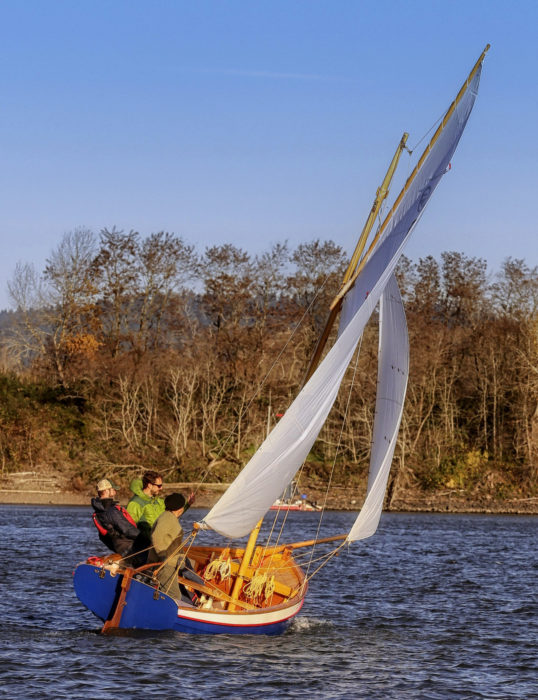 Photographs and video by Norman Eder
Photographs and video by Norman Eder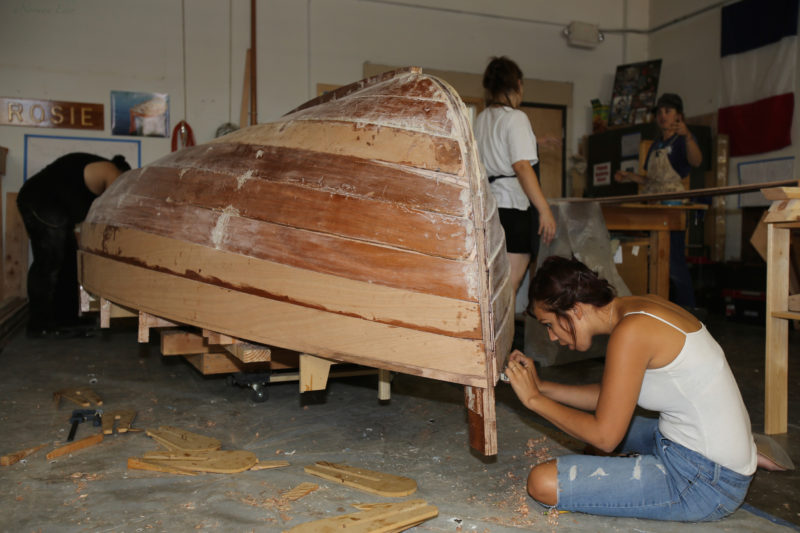
Stay On Course

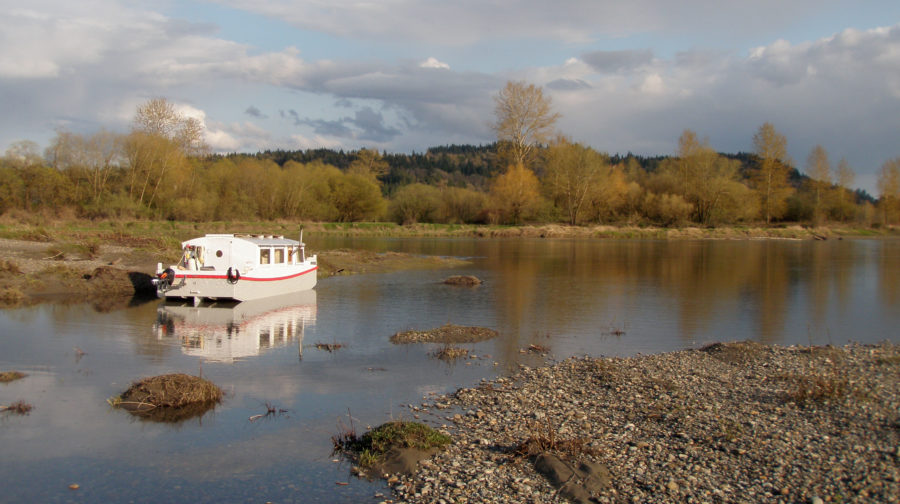
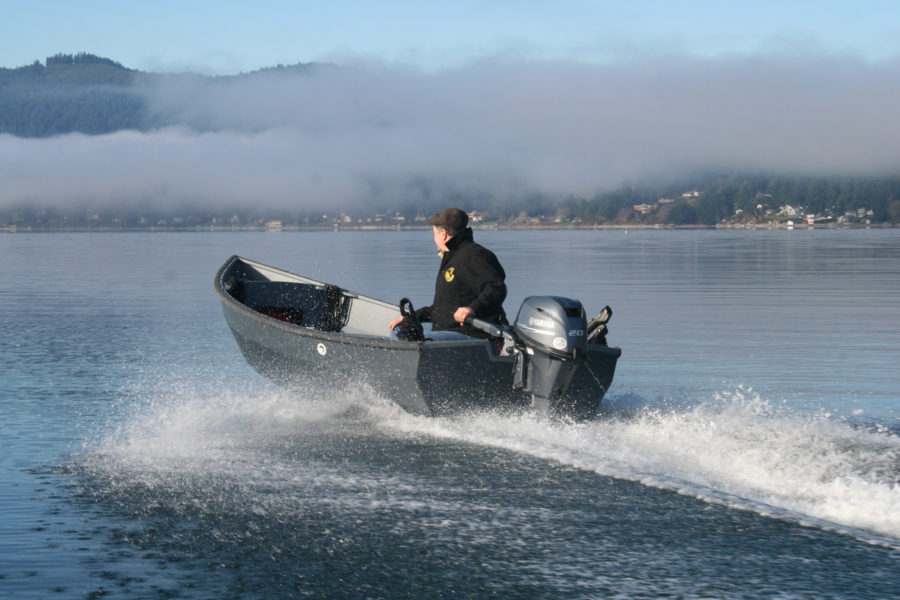
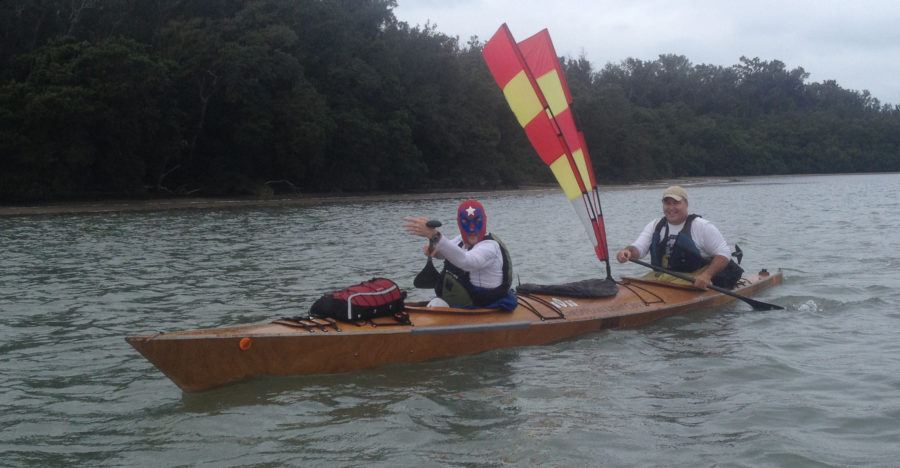
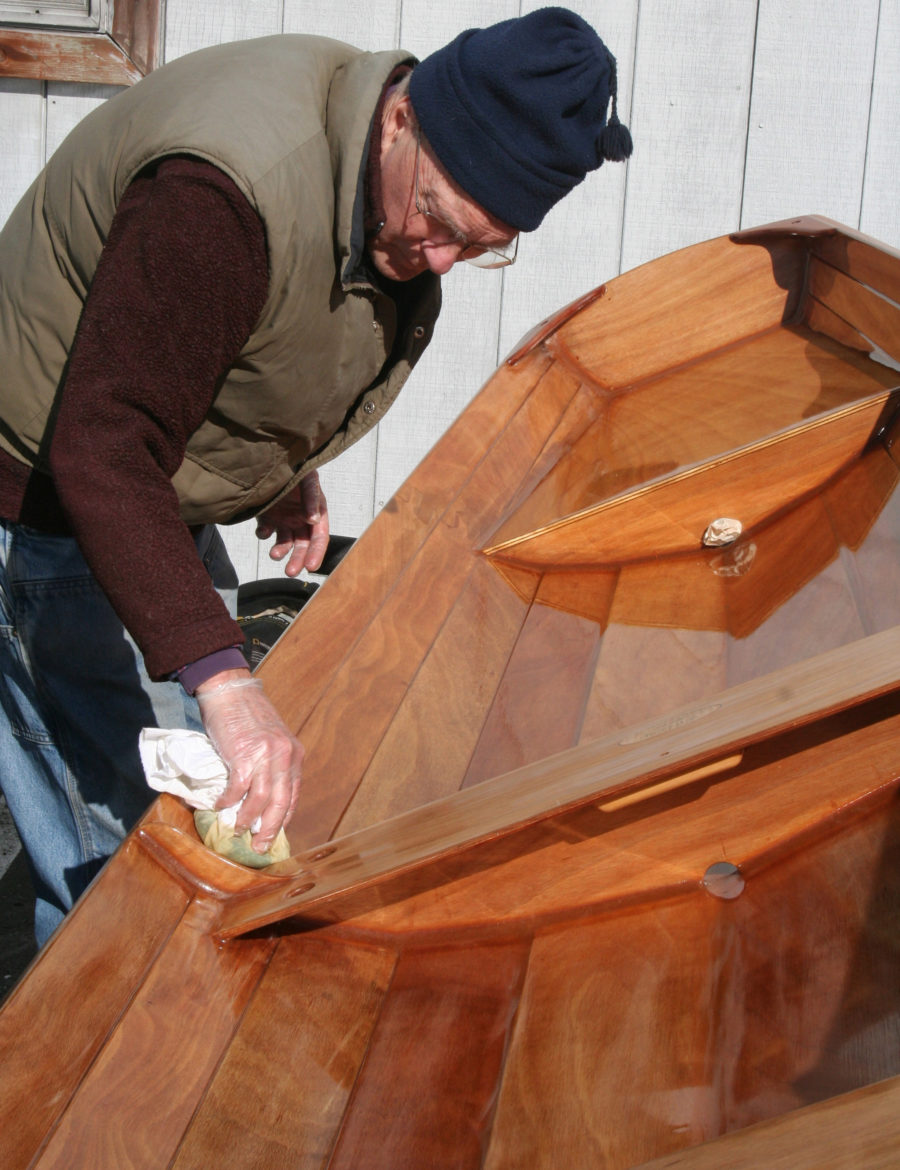
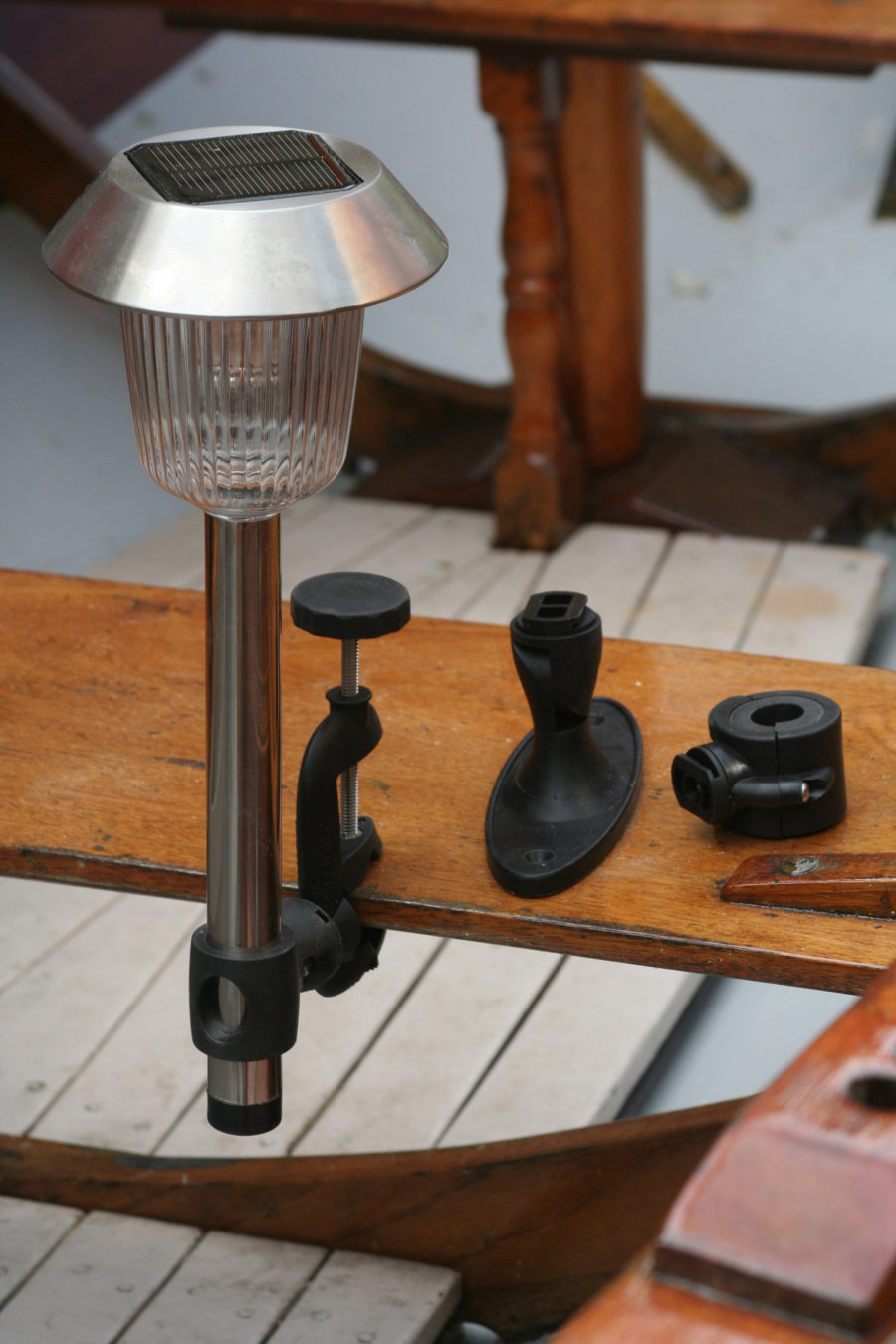
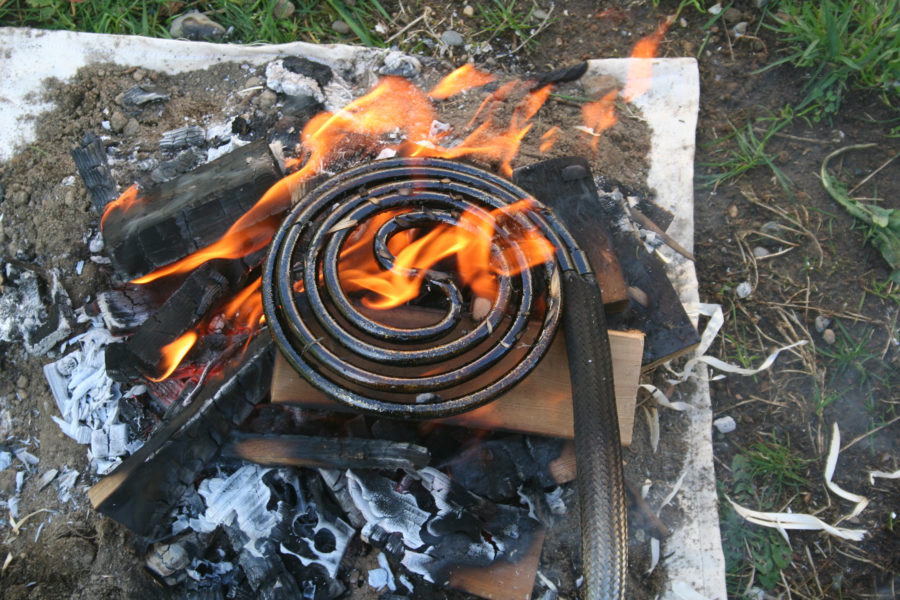
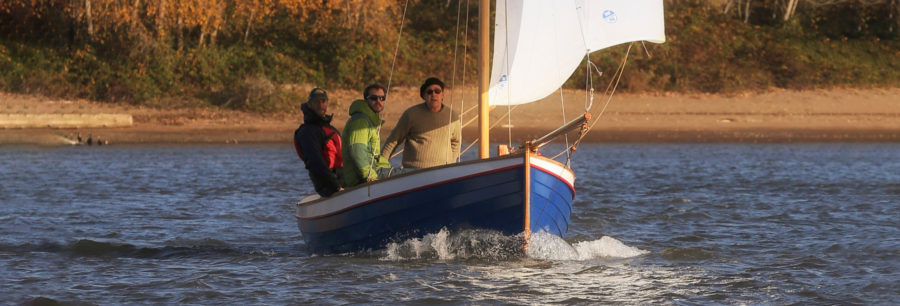
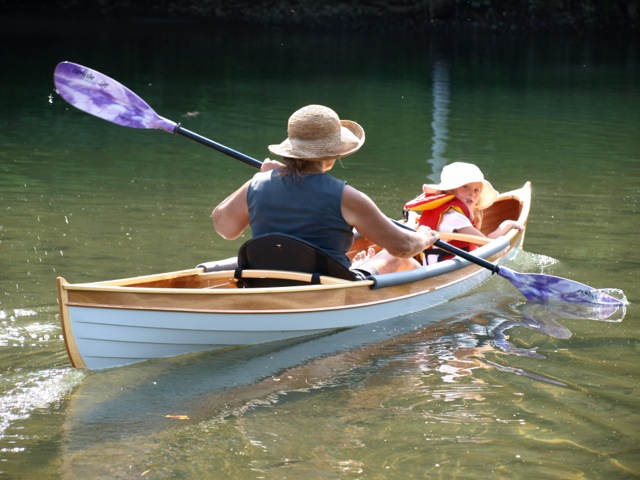
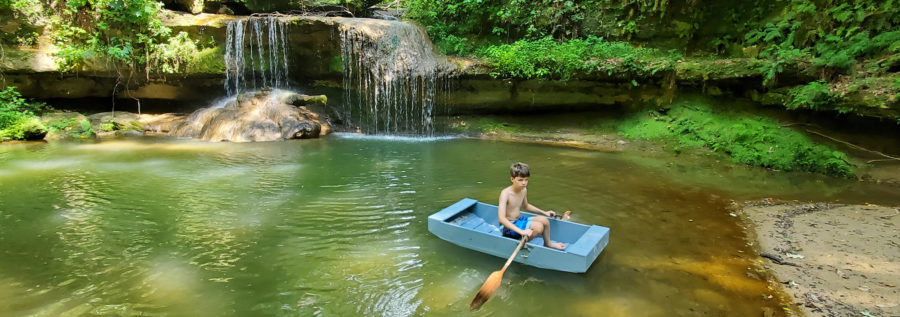
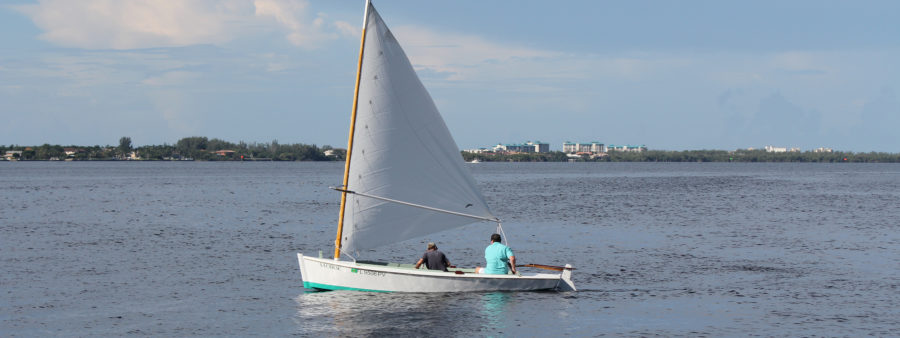
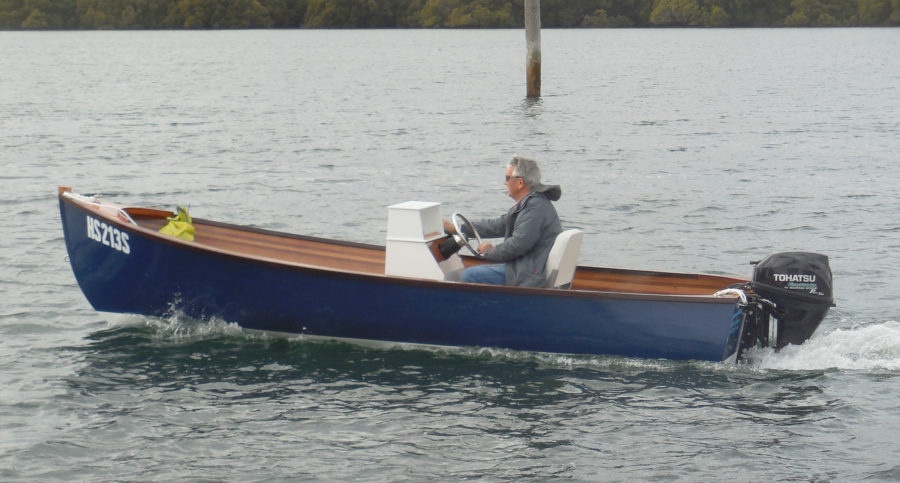
Join The Conversation
We welcome your comments about this article. If you’d like to include a photo or a video with your comment, please email the file or link.